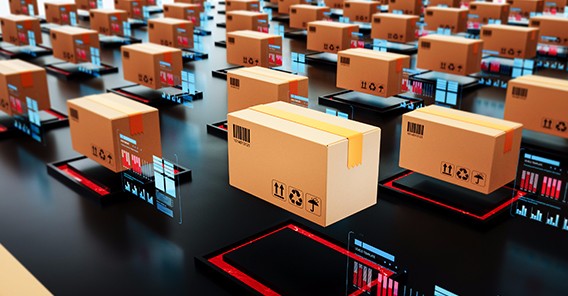
Import masks from China to South Korea
Necessary information (qualification)
When shipping masks from China to South Korea, Needed documents are Bill of lading, packing list, invoice, Korean importer’s business license, Korean consignee need to go to Korea Pharmaceutical Traders Association. File the import qualification website in advance: www.kpta.or.kr.
The company’s own use or as a gift. It can be imported by itself without the relevant qualifications.
Mask requirements
Masks also need to have a detailed country of origin label. If they are made in China, they must have labels: Made in China, manufacturer information, shelf life, and ingredient content instructions, manufacturing process. These documents have to been completed. After the goods arrive in South Korea, they will be sent to the laboratory for precise supervision and testing. After passing the testing, they can enter the Korean market for sale.
Import masks from China to Japan
Necessary information (qualification)
When shipping masks from China to Japan, Needed documents are Bill of lading, packing list, invoice, MDA-registered medical device companies exporting to Japan wishing to place their products on the Japanese market must meet the Japanese Pharmaceutical and Medical Device Act (PMD Act). Under the requirements of the PMD Act, the TOROKU registration system requires foreign manufacturers to register with PMDA Business information.
Mask requirements
The package is printed with 99% of the characters, which are medical masks that exceed the 95% domestic filtration efficiency (N95 mask) standard!
PFE: filtration efficiency of 0.1um particles and particles
BFE: bacteria filtration rate
VFE: virus filtration rate
カ ル ス カ ッ ト: virus blocking
- Medical protective masks: in accordance with China’s GB 19083-2010 mandatory standard, filtration efficiency ≥95% (tested with non-oily particles).
- N95 mask: American NIOSH certification, non-oily particulate matter filtration efficiency ≥95%.
- KN95 masks: Comply with China’s GB 2626 mandatory standard, non-oily particulate matter filtration efficiency ≥95%
Import masks from China to the EU
When shipping masks from China to EU, Needed documents are Necessary information (qualification)Bill of lading, packing list, invoice
Mask requirements
In the EU, masks are PPE personal protective equipment, “health-endangering substances and mixtures”. From 2019, the new EU regulation PPE Regulation (EU) 2016/425 will be enforced. All masks exported to the EU must obtain CE certification under the requirements of the new regulations.
CE certification is a compulsory product safety certification system implemented by the European Union to protect the lives and property of people in EU countries.
Import masks from China to the U.S.
Necessary information (qualification)
When shipping masks from China to the US, Needed documents are Bill of lading, packing list, invoice
If masks imported from the United States need to be sold, they must obtain FDA certification before they can be sold in the United States domestic market. For self-use and gifted masks, when importing US selling it is best for American importers to ask the US customs whether they also need FDA certification when purchasing Chinese masks and also pick the suppliers that have passed FDA certification for import to US market.
Mask requirements
According to HHS regulations, NIOSH classifies its certified anti-particulate masks into 9 categories. The specific certification is operated by the NPPTL laboratory under NIOSH.
In the United States, masks can be classified into three grades-N, R, P according to the minimum filtering efficiency of the filter material.
N-type masks can only filter non-oily particles, such as: dust, acid mist, paint mist, microorganisms, etc. Most of the suspended particles in air pollution are non-oily.
R masks are only suitable for filtering oily particles and non-oily particles, but when used for oily particles, the use time must not exceed 8 hours.
Type P masks can filter both non-oily particles and oily particles. Oily particles such as oil fume, oil mist, etc.
According to the different filtration efficiency, there are differences of 90, 95, 100, which means that the minimum filtration efficiency is 90%, 95%, 99.97% under the test conditions specified in the standard.
N95 is not a specific product name. As long as the product meets the N95 standard and passes the NIOSH review, it can be called an “N95 mask”.
Import masks from China to Australia
Necessary information (qualification)
When shipping masks from China to Australia, Needed documents are Bill of lading, packing list, invoice
Mask requirements
AS / NZS 1716: 2012 is the standard for respiratory protective devices in Australia and New Zealand. Related product manufacturing processes and tests must comply with this specification.
This standard specifies the procedures and materials that must be used in the manufacture of particle respirators, as well as certain test and performance results to ensure their safe use.
